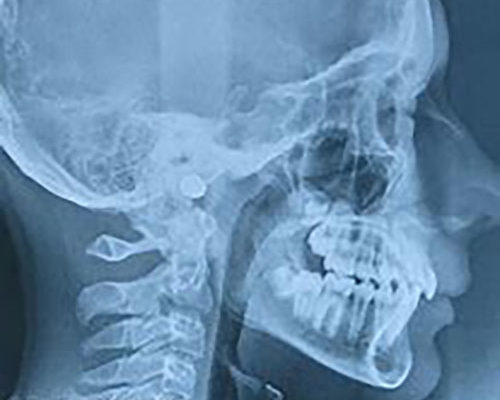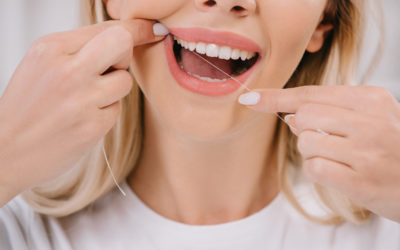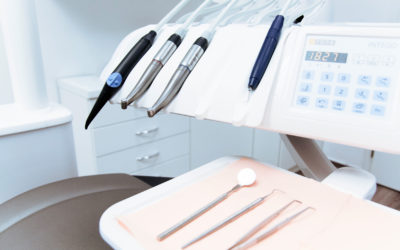
Dangerous dental X-rays: solutions with Diagnocam
X-rays are one of today's most common dental diagnostic tools. The process uses ionizing radiation that can damage your cells and significantly reduce your state of health. Diagnocam offers you a new alternative to X-rays, and a new alternative to radiation for better patient care.
What is a dental X-ray?
A dental X-ray is a radiological examination used to diagnose dental and bone pathologies.
This is a medical imaging technique that enables us to visualize the teeth, maxillae, sinuses, temporomandibular joints and jaw.
Dental X-rays are taken by dentists, radiologists or radiology technicians. They use x-rays, which are ionizing radiation.
Radiation doses are very low, and radiation protection is ensured by the operator.
There are several types of dental X-ray examination. These include dental panoramic radiography, cone or cone-beam radiography, computed tomography, dental scanner and ultrasound. Each imaging technique has its own advantages and limitations, depending on the pathologies to be diagnosed.
When should I have my teeth x-rayed?
There are several reasons why your dentist may recommend a dental X-ray. First of all, it can detect tooth decay that is not yet visible to the naked eye. X-rays can also help diagnose dental abscesses or cysts in the jawbone.
If you're experiencing dental pain, an X-ray can help pinpoint the cause. It may reveal inflammation of the dental pulp, a dental fracture or an infection.
Dental X-rays are also important for assessing dental development in children and adolescents. They are used to check whether wisdom teeth have grown in properly or whether permanent teeth have erupted properly. Dental X-rays are also used to evaluate dental implants or dentures.
They help dental surgeons plan the placement of a dental implant or prosthesis, taking into account the surrounding bone structure.
Dental X-rays are also very important for general oral health monitoring.
Dental X-rays are recommended every 1 to 3 years, depending on your dental health and how often you go to the dentist.
What are the dangers and risks of dental X-rays?
In fact, there is a risk of radiation exposure when you have an X-ray at the dentist. The risk is very small, but it does exist.
Radiation exposure can cause damage to the body if not used correctly. The effects of this damage may not become apparent until many years after exposure.
There is also a risk of developing cancer from radiation exposure over time if you have several x-rays a year, or if you have frequent x-rays throughout your life. The risk of developing cancer from dental X-rays is very low compared to other types of cancer risk, such as smoking or excessive sun exposure.
In fact, it is recommended to limit radiation exposure as much as possible by only having the necessary dental X-rays every two or three years, rather than every year as is currently the case for some patients.

Diagnocam is an alternative to traditional dental X-rays.
Diagnocam is an alternative to traditional dental X-rays. Diagnocam uses a 3D imaging technology known as Volumetric Coronal Scanning (VCS).
It uses a camera that takes thousands of photos in a matter of seconds, providing more accurate results than traditional X-rays.
The device provides a detailed view of the teeth and jaw, which can help dentists diagnose conditions such as cavities, gum disease or oral cancer.
In practical terms, the Diagnocam is a new way of seeing what's going on inside your mouth. And because this technology uses CT scans rather than X-ray machines, there's no risk of radiation exposure.
The process is totally painless, so it's suitable for children, pregnant women and everyone in between.
At the Centre Dentaire Lancy, Champel and Chêne-Bourg, we are already using the Diagnocam device for our patients.
Discover also the Centre Dentaire Lancy and the Centre Dentaire Chêne-Bourg





